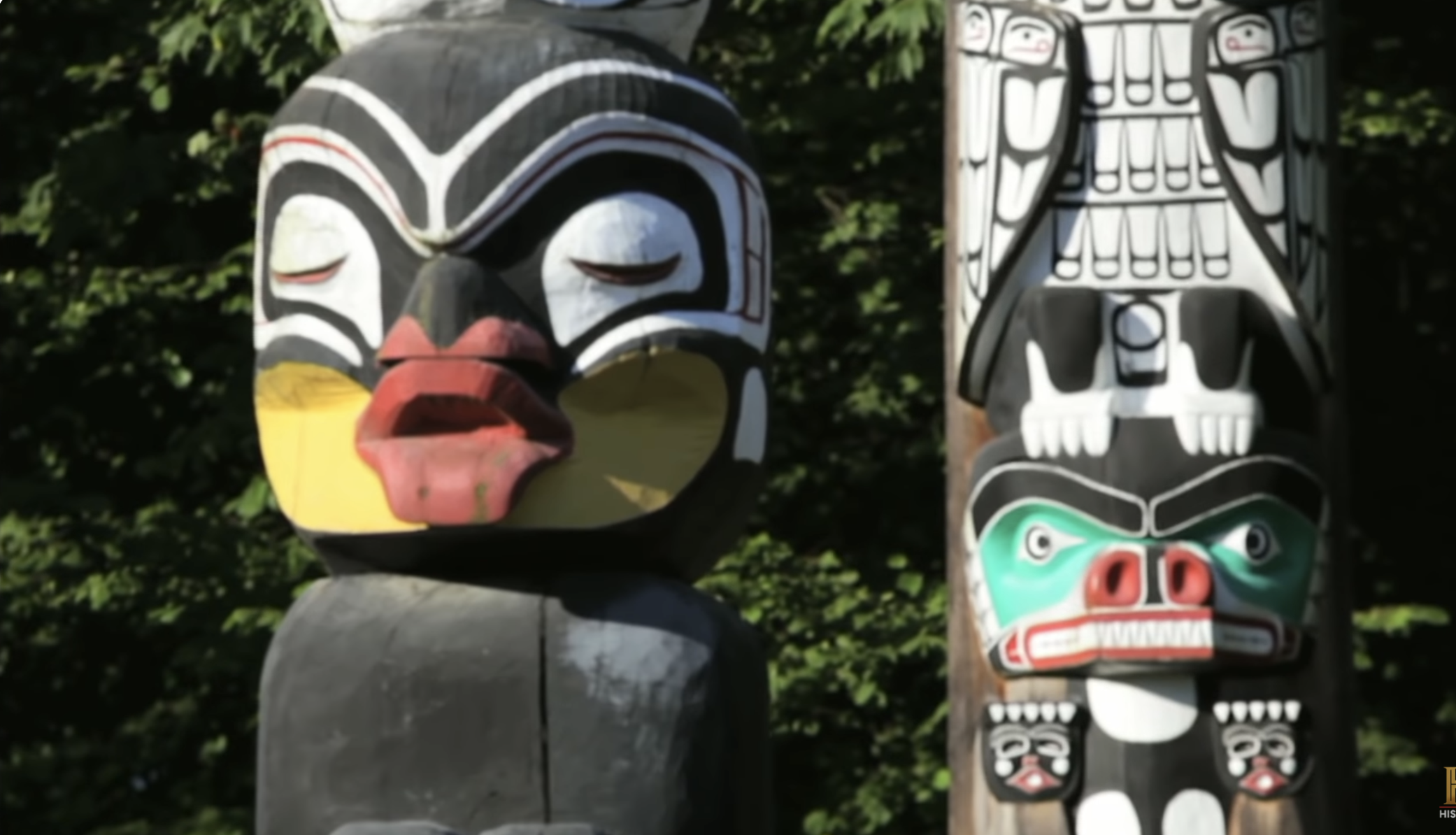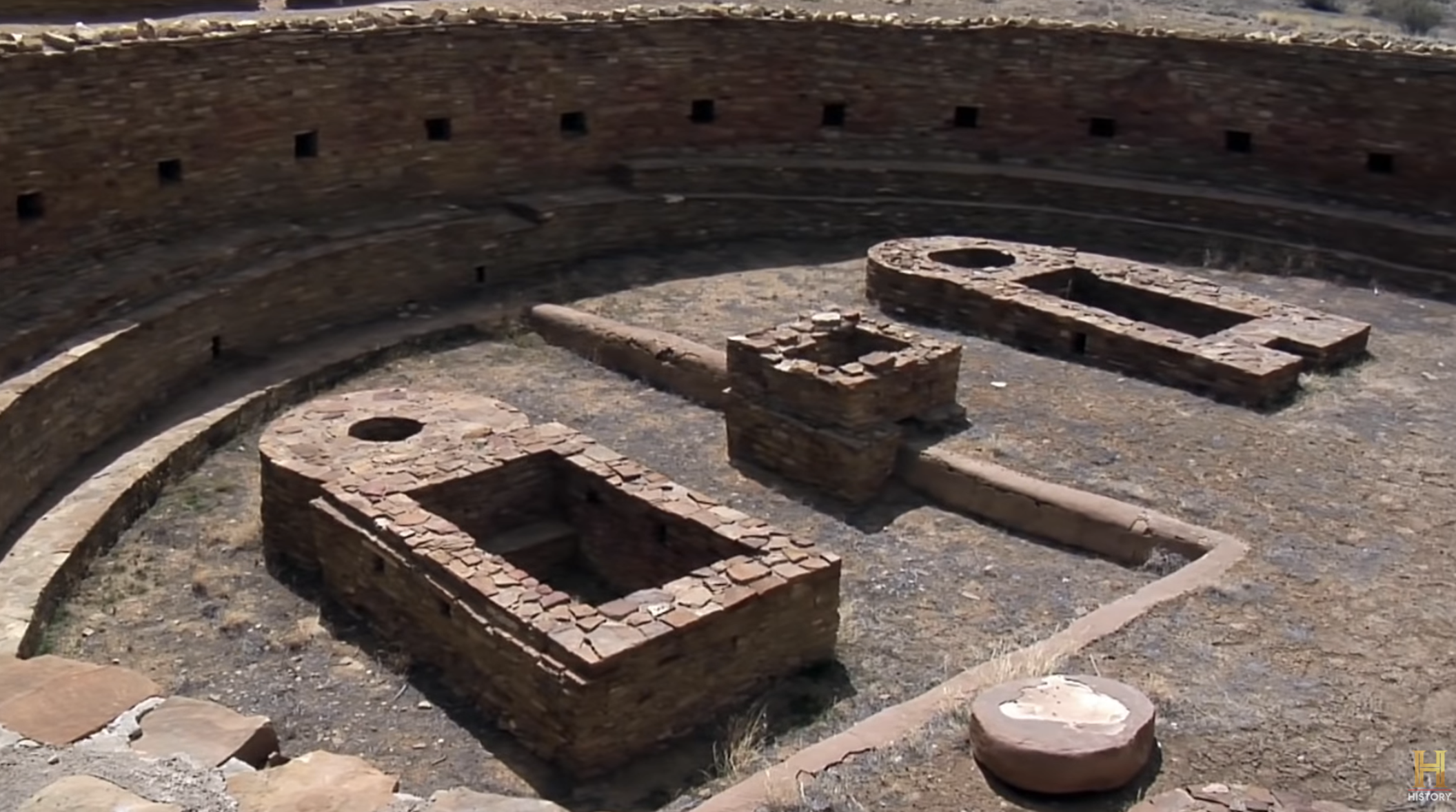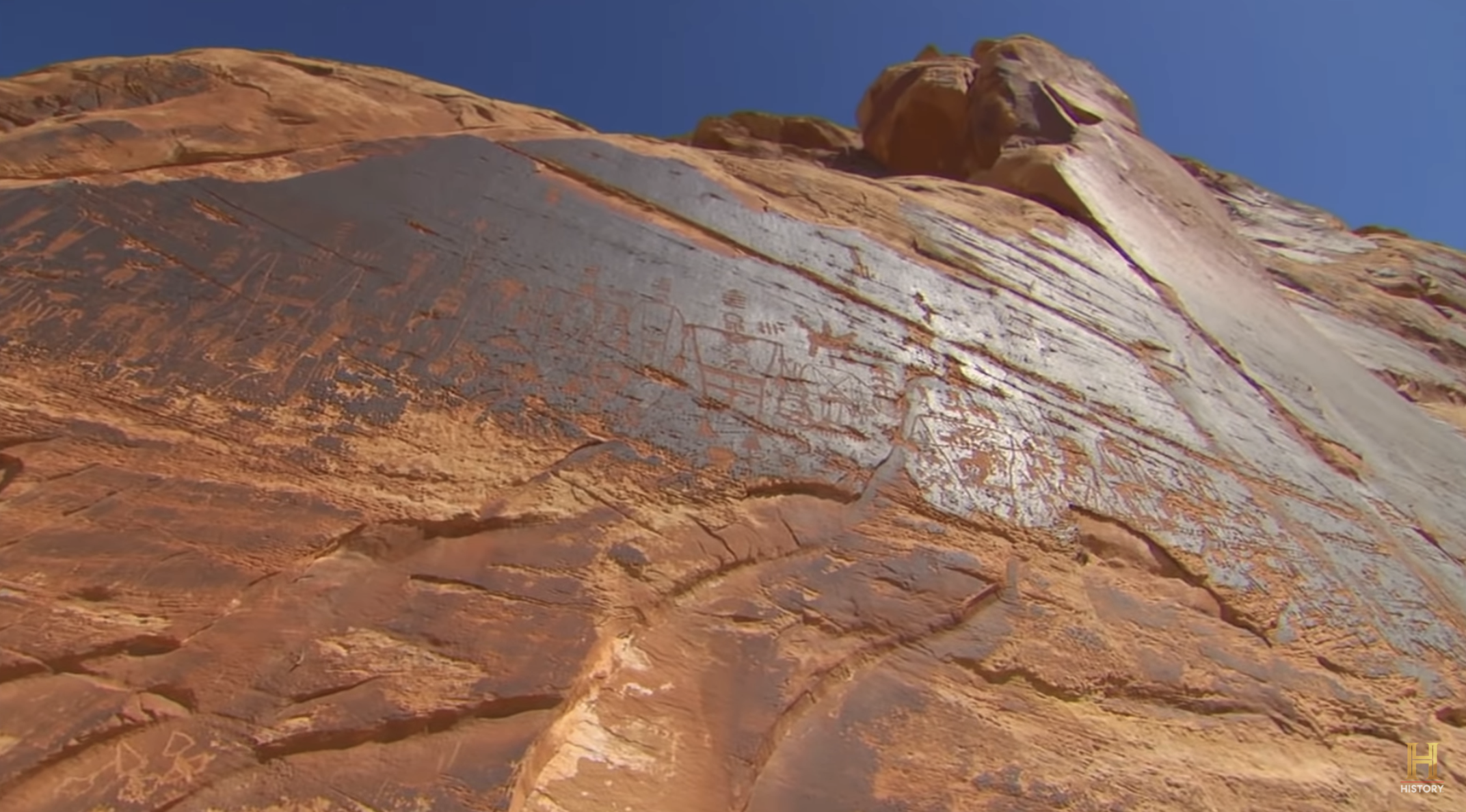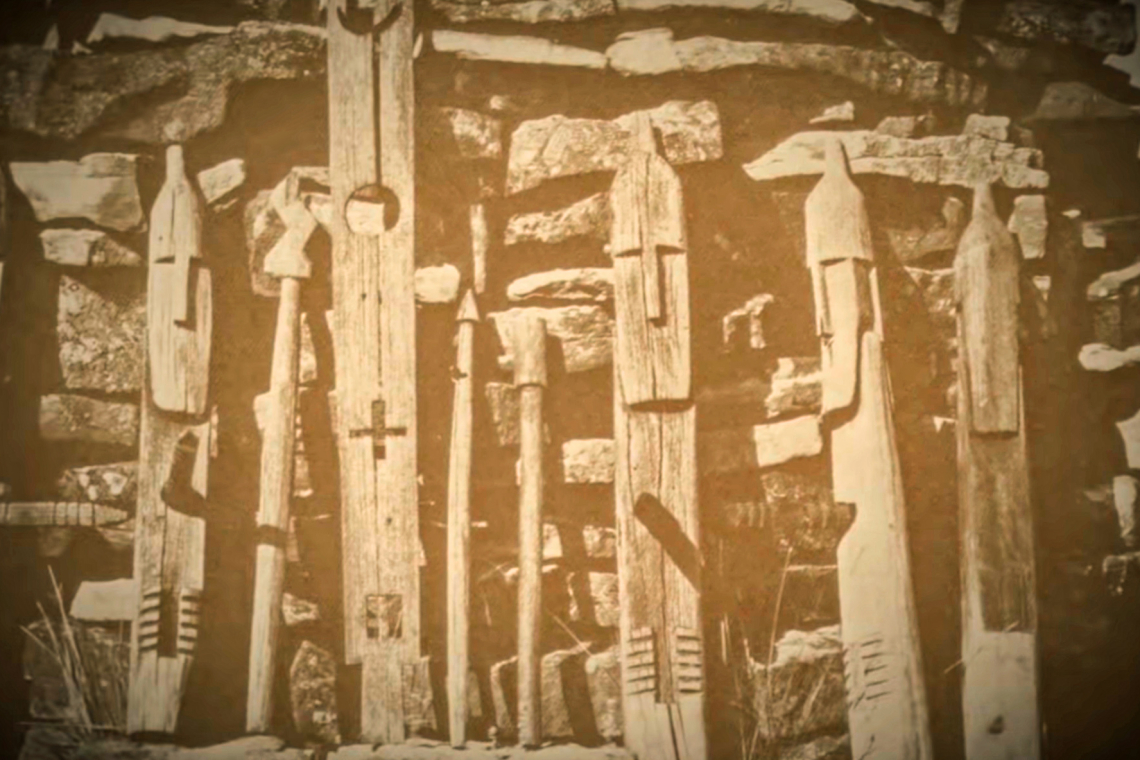When contemplating ancient civilizations and their intriguing interactions with celestial entities, our thoughts often drift to distant lands and mythologies far removed from our own. Yet, what if I were to reveal that right here in North America, beneath the expansive landscapes and within the narratives of indigenous tribes, lies a concealed history of encounters with beings from the cosmos?

While these narratives may not have garnered as much attention as those from other corners of the world, they are equally riveting and contemplative. The tapestry of Native American history is intricately woven with legends, traditions, and beliefs passed down through generations. Within this tapestry are accounts of star beings—extraterrestrial entities who, according to proponents of the ancient-astronaut theory, graced the continent with their presence long before modern civilization took root.
Their argument finds support in the enigmatic structures and petroglyphs strewn across North America. One striking example is the Serpent Mound in Adams County, Ohio, a colossal effigy mound sculpted in the shape of a serpent that has long perplexed archaeologists and historians.

Advocates of the ancient astronaut theory suggest that it may have been crafted with celestial visitors in mind, serving as a marker or homage to these enigmatic entities.
Moving westward to Chaco Canyon, New Mexico, we find the Kivas—ancient subterranean structures constructed by the Ancestral Puebloans. Native American tribes such as the Zuni and Hopi assert that these Kivas hold sacred significance as spaces where their forebears received teachings from star beings. Petroglyphs etched into rock formations throughout the continent provide visual testament to these encounters, portraying figures closely resembling descriptions of extraterrestrial visitors.
One particularly remarkable instance can be observed within the Zuni Pueblo in New Mexico, where thousands of concealed petroglyphs have largely remained unexplored by outsiders. Certain Zuni elders contend that these carvings depict the visitations of star beings, whose presence left an indelible mark on their culture and spirituality. Scrutinizing these petroglyphs, one cannot escape noticing patterns reminiscent of celestial phenomena. The weathered remnants resembling heads and outstretched limbs prompt contemplation about whether these ancient artists sought to immortalize what they witnessed in the skies above.

Giorgio A. Tsoukalos, an advocate of the ancient astronaut theory, postulates that these petroglyphs may represent the ancient Americans' attempt to preserve their encounters with extraterrestrial spacecraft. The narratives and depictions of interactions with star beings in North America do not stand alone; they are integral to a global tapestry of myths and legends that hint at humanity's enduring fascination with visitors from the cosmos."



